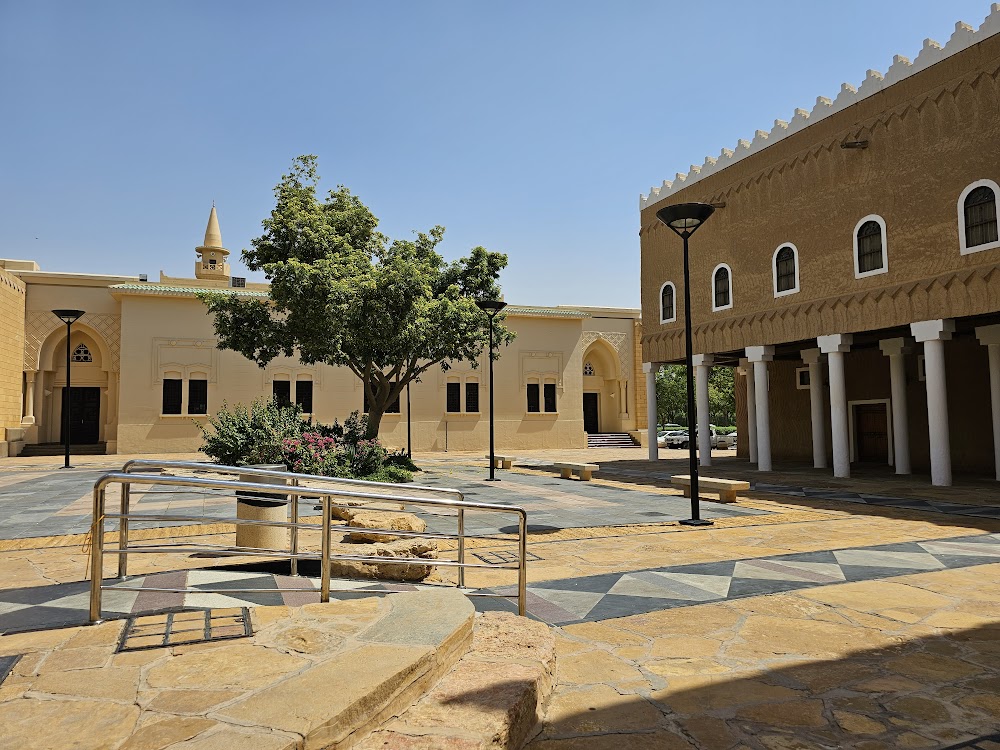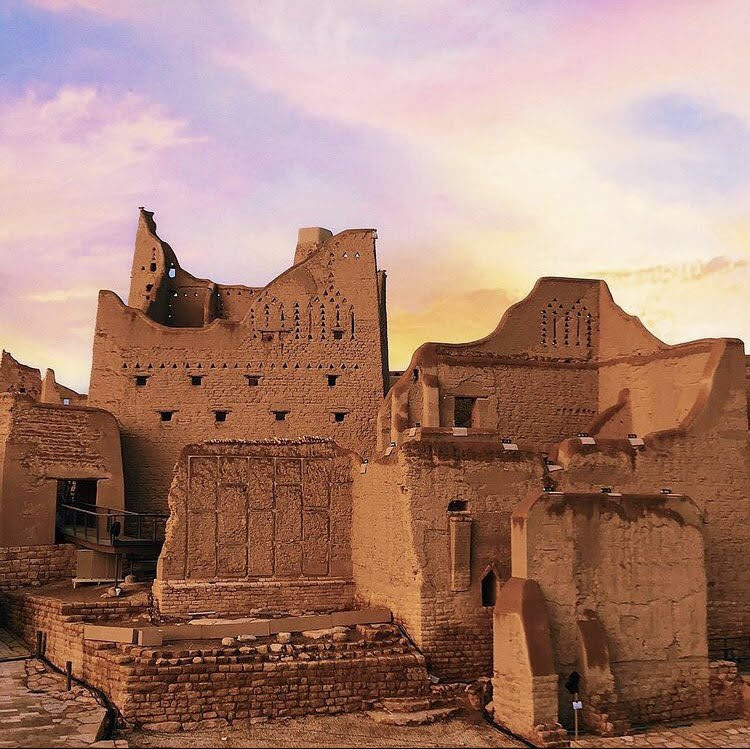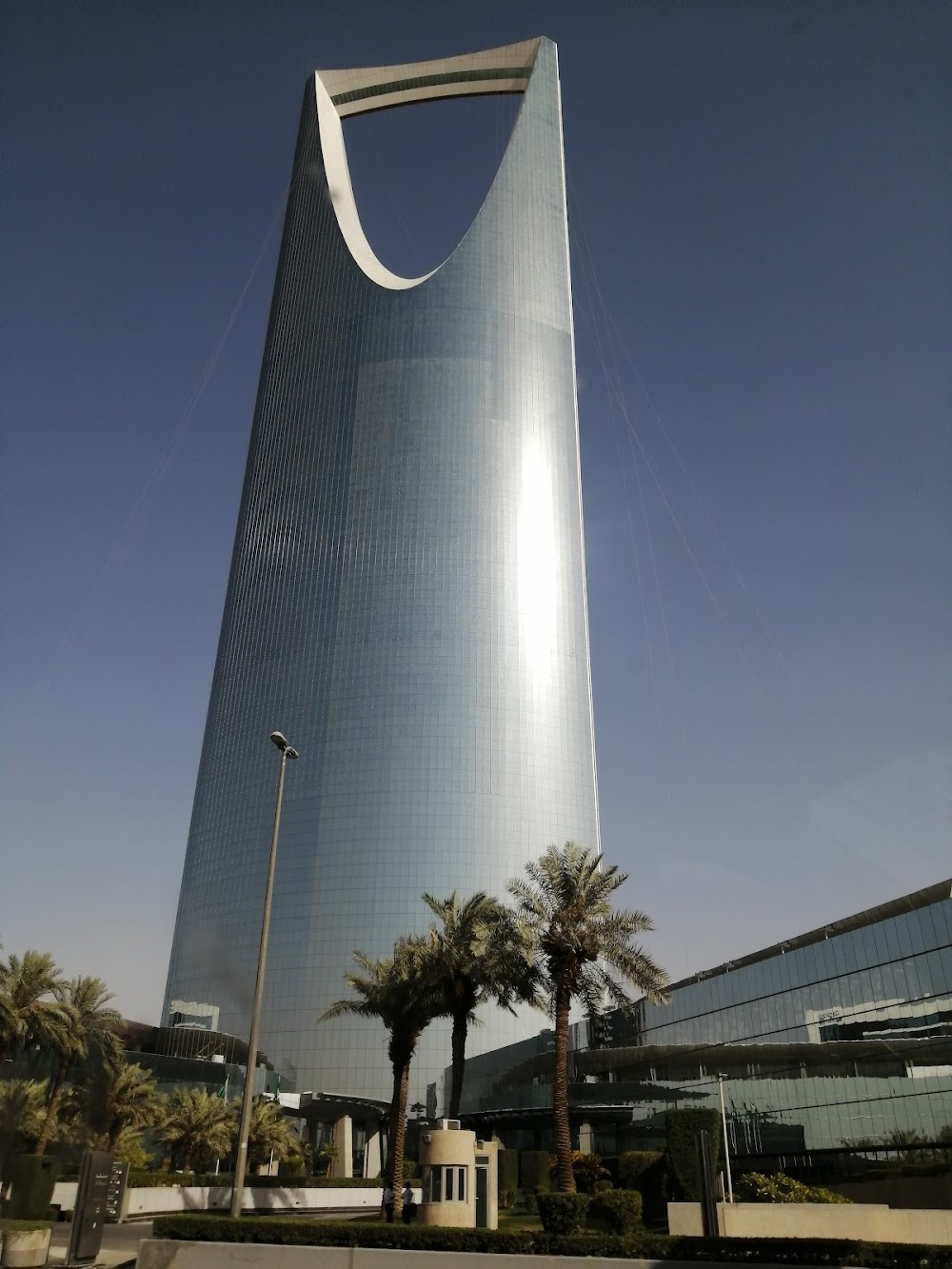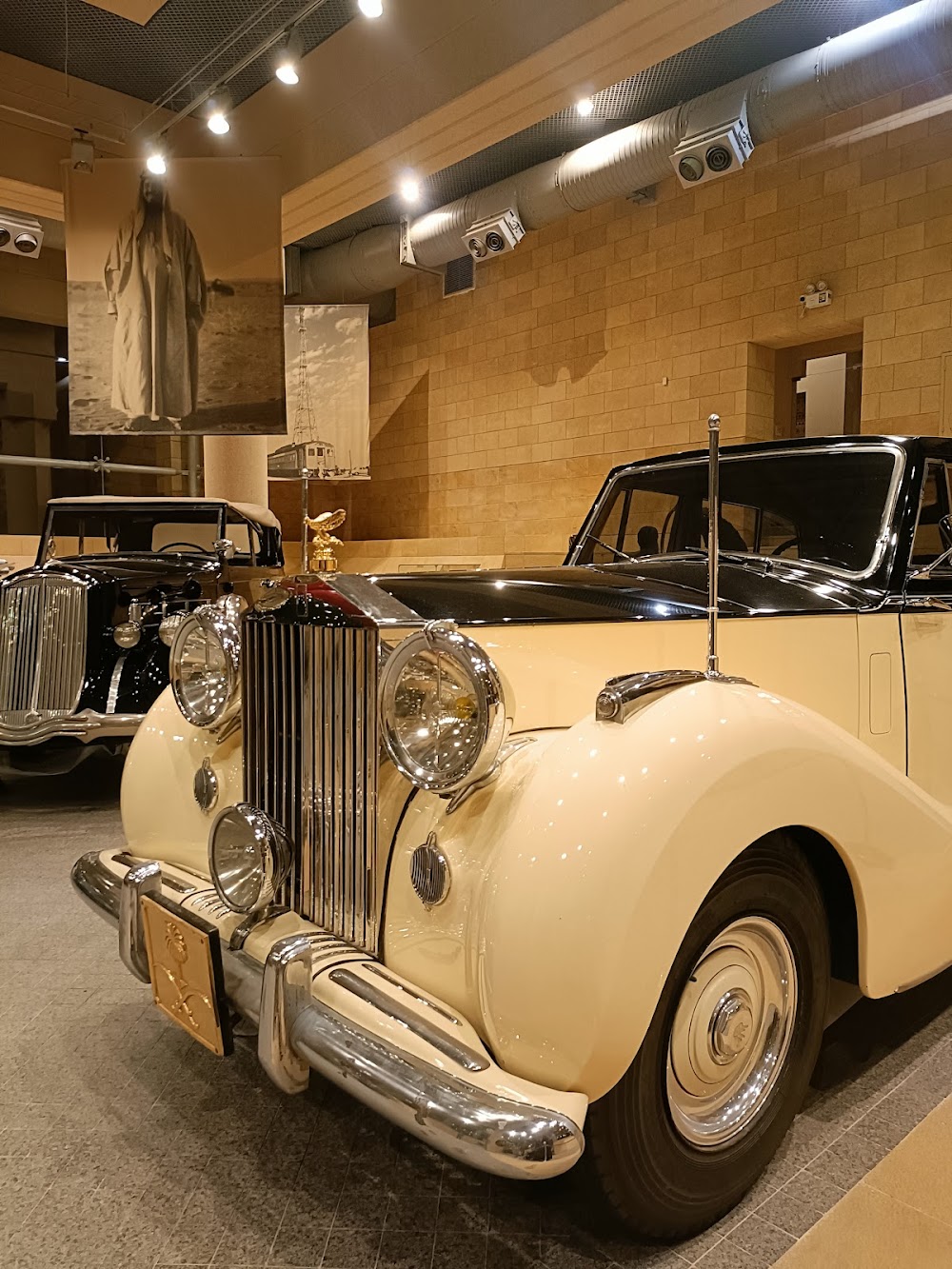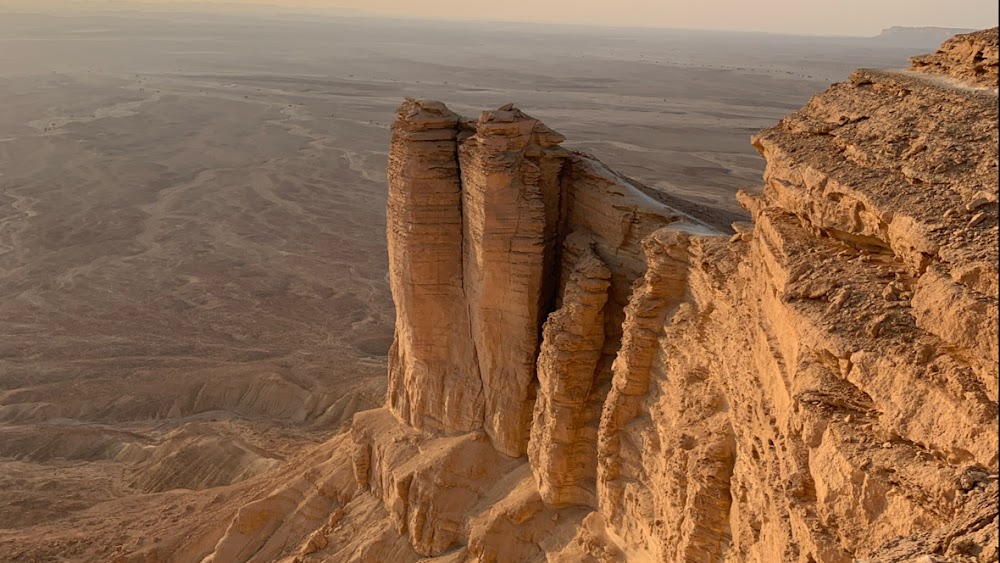Al Murabba Historical Palace (قصر المربع التاريخي)
Overview
Al Murabba Historical Palace: A Jewel of Riyadh
Nestled in the heart of Riyadh, Saudi Arabia, Al Murabba Historical Palace is a stunning testament to the region's architectural heritage and historical importance. Constructed in the 1930s under the vision of King Abdulaziz, the founder of modern Saudi Arabia, this palace seamlessly integrates traditional building techniques with the contemporary amenities of its time, making it a symbol of national pride.
Origins and Vision
King Abdulaziz envisioned Al Murabba as a residence that would extend beyond the confines of the old city, designed to accommodate his family and state officials alike. The name "Murabba," meaning "square," reflects the geometric layout of the palace grounds, which was intended to serve both as a home and a center of governance.
Construction and Design
Construction commenced in 1936, utilizing local materials such as limestone, adobe, and mudbrick, crafted by skilled artisans who adhered to the traditional Najdi architectural style. The palace is characterized by its elaborate carvings and decorative patterns adorning doors and windows, which capture the essence of Najdi artistry.
Imposing Structure
The palace stands majestically with its two-story main building, featuring spacious rooms, lofty ceilings, and expansive courtyards. Inside, intricate woodwork and traditional furnishings create a warm atmosphere, while the thick insulating walls provide protection against the harsh desert climate. Notably, Al Murabba was among the first buildings in Riyadh to incorporate modern conveniences like electricity and plumbing.
A Self-Sufficient Oasis
The complex encompasses a variety of rooms serving different purposes, including halls for royal receptions, private family quarters, and administrative offices. Guests can wander through the gardens and service buildings, all designed to create a self-sufficient oasis amid the arid landscape. The lush greenery and expansive courtyards invite tranquility and reflection.
The Majlis: A Cultural Hub
A highlight of the palace is the majlis, a traditional reception area that embodies Arabian hospitality. This space was crucial for welcoming guests and dignitaries alike, offering a cool retreat thanks to its thick walls and shaded windows. Guests could relax on comfortable seating adorned with rich carpets, enjoying the ambiance of this culturally significant room.
A Cultural Landmark
As Riyadh evolved, Al Murabba Historical Palace transitioned from a royal residence to a cherished cultural landmark. In the late 20th century, extensive restoration efforts were undertaken to preserve its historical and architectural integrity, ensuring that original materials and techniques were honored while incorporating necessary updates for safety and accessibility.
A Glimpse into History
Today, Al Murabba Historical Palace operates as a museum and cultural center, inviting visitors to explore its richly decorated rooms and courtyards. Through historical exhibits and guided tours, guests gain insight into the life and legacy of King Abdulaziz, learning about his pivotal role in shaping the nation.
Preserving the Past for Future Generations
By preserving Al Murabba Historical Palace, Saudi Arabia pays homage to its past while educating future generations about their rich heritage. The palace not only exemplifies the ingenuity of traditional architecture but also stands as a testament to the country's rapid progress and enduring respect for its cultural roots.
Al Murabba Historical Palace remains a beloved landmark in Riyadh, captivating both locals and tourists with its beauty and historical significance. A visit to this magnificent site offers a unique opportunity to connect with the history that has shaped modern Saudi Arabia.


